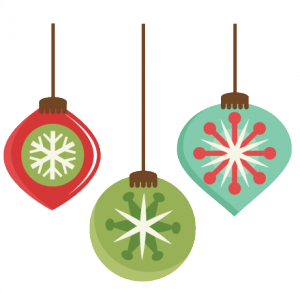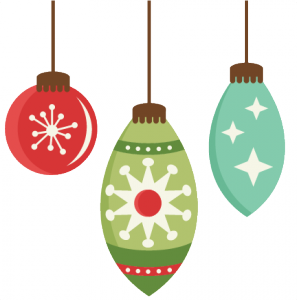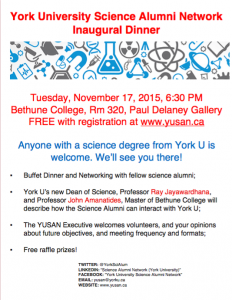We are extremely fortunate to be able to welcome Professor Jennewein to York as the Graduate Conference Keynote speaker. Please join us for his special address during the conference on Thurs Oct 29 at 11:30am in LSB 106. Lunch will follow for all attendees at 12:30 in LSB 107.
Prof Jennewein is an Associate professor at the Institute for Quantum Computing (IQC) at the University of Waterloo. Prof. Jennewein directs the Quantum Photonics Laboratory at IQC which conducts research into entangled-photon sources, quantum teleportation, and secure communication via entangled-photons.
The Quantum Photonics laboratory is attempting to demonstrate the first-ever entangled-photon link between the ground and an orbiting satellite. Dubbed the Quantum Encryption and Science Satellite (QEYSSat), the Quantum Photonics lab is working to develop a space-qualified quantum receiver for this purpose and hopes to use it to demonstrate a communication link between the ground and space that is secured via Quantum Key Distribution (QKD). QKD is a method for securing optical communication lines by using entangled photon-pairs to carry encryption keys between two stations. Entangled photon-pairs with randomly generated polarization states may be used to generate strings of random numbers–the encryption “keys”. The advantage of distributing these keys via entangled photon-pairs is that the uncertainty principle guarantees this signal may not be intercepted and re-transmitted with high fidelity. The presence of an eavesdropper in a QKD system will become immediately apparent as the photon-pairs become disentangled and the error-rate in the communication line increases. The Quantum Photonics laboratory has demonstrated a number of entangled-photon sources and high-sensitivity single photon detectors over the years which will form the building blocks for the proposed ground-to-space QKD link.
The Quantum Photonics lab have demonstrated some notable milestones on the road to space based QKD. Just this past summer the team demonstrated a free-space QKD link between a stationary ground-station and a receiver in a vehicle moving at 33km/h in order to simulate the angular velocity of an orbiting satellite. In 2011 the team successfully demonstrated a QKD link over a high-loss (50dB) channel, simulating the expected loss in a ground-to-space link.
The Quantum Photonics lab has also had tremendous success in the generation of polarization entangled photon pairs and triplets through spontaneous parametric down-conversion. The Quantum Photonics group made waves (particles for you classicists) recently for their demonstration of three-photon polarization entanglement in an experiment which closes the locality loophole. This work was the first of its kind and was able to realize three-photon entanglement between three widely separated locations (> 600m). Professor Jennewein was also a part of the team that, in 2012, demonstrated quantum teleportation over a free-space channel of 143km between two observatories in the Canary islands.
Come to hear first hand about the work that he and his team have been doing, as well as his visions for the future of quantum communication and quantum photonics.


